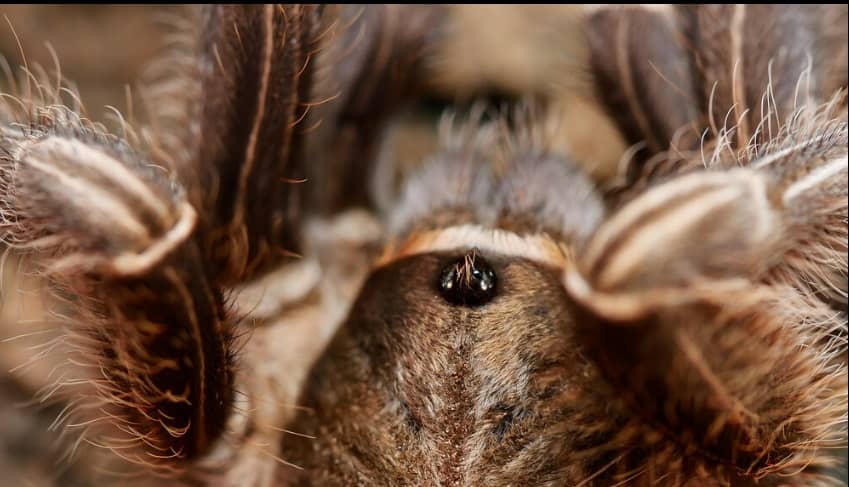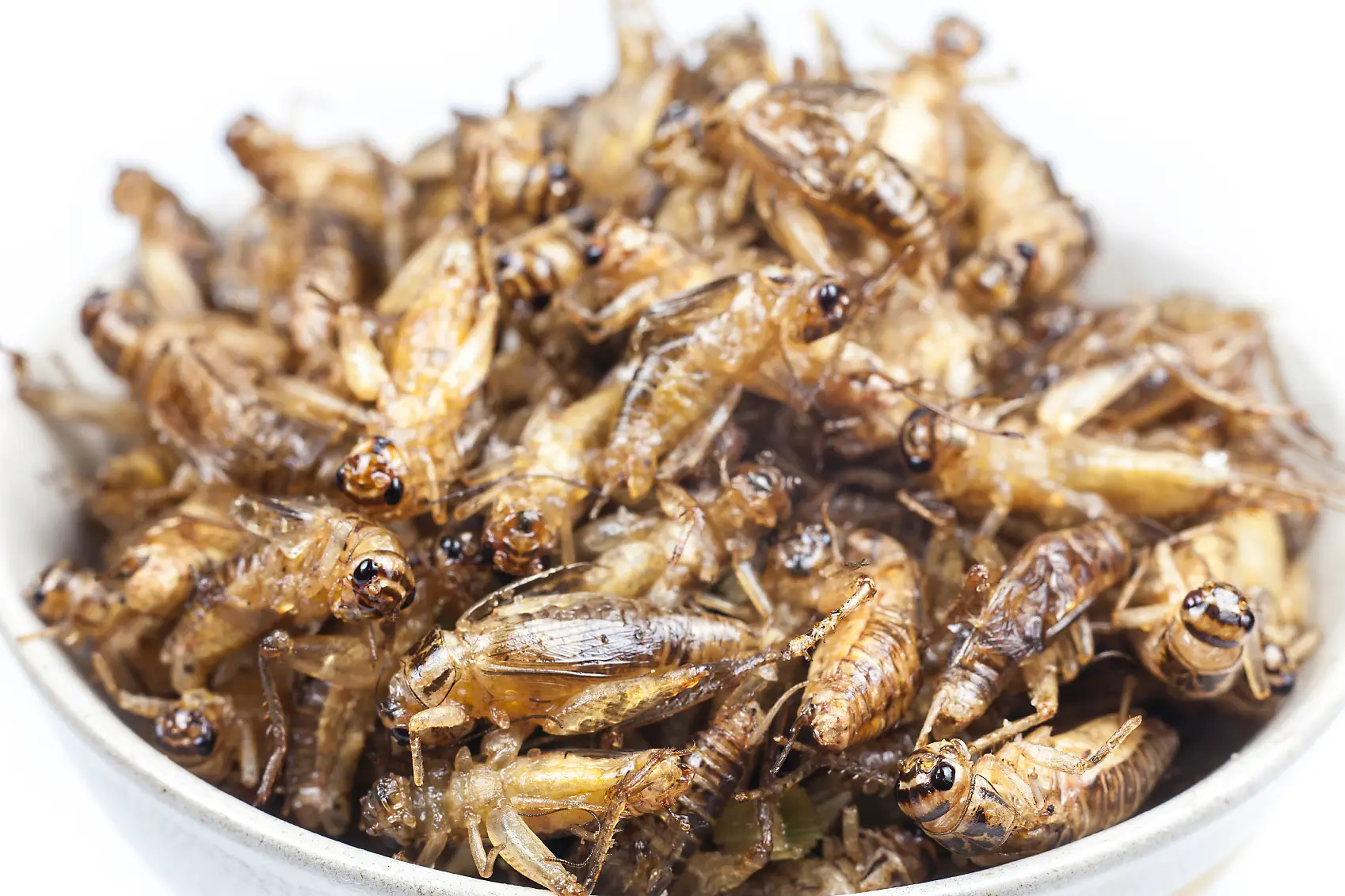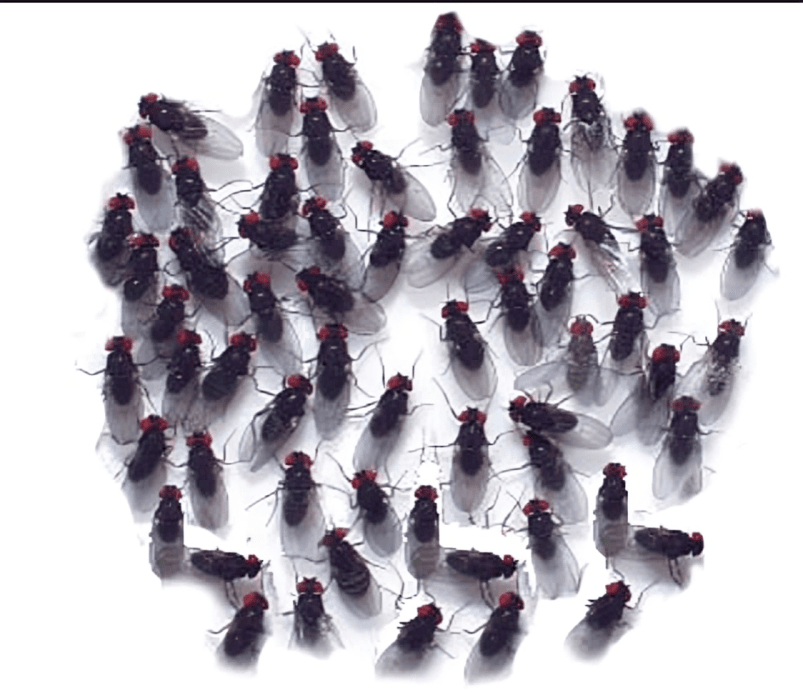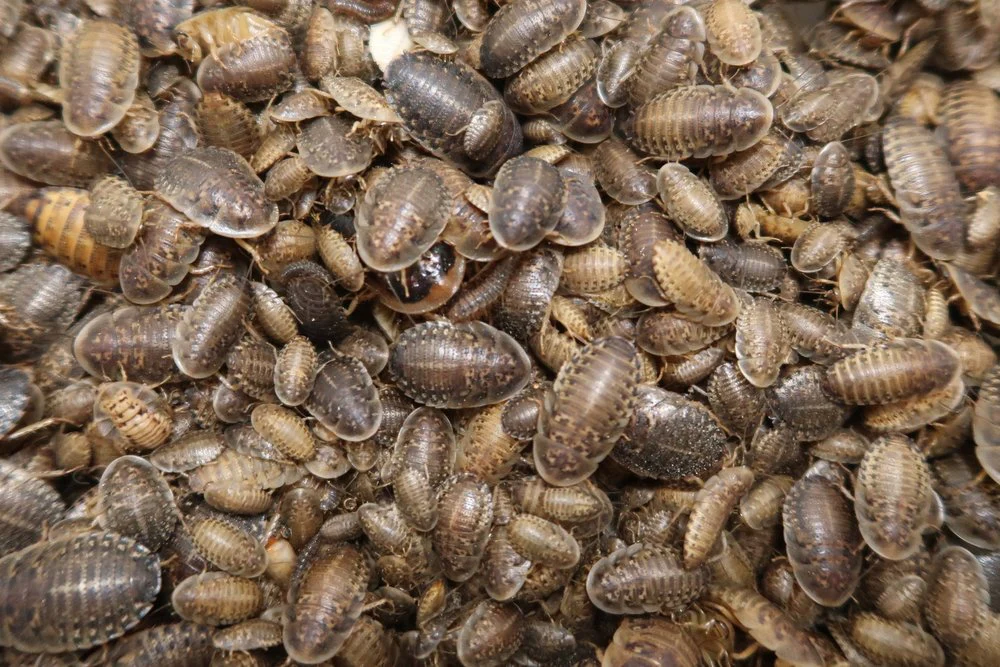
The Zebra Tarantula is a creature that embodies both elegance and fear. The Zebra Tarantula, with its striking striped pattern reminiscent of a zebra, perfectly epitomizes this juxtaposition.
Found primarily in Central America, particularly in regions like Costa Rica, Honduras, and Guatemala( regions of Central America), these arachnids have captured amateur and seasoned arachnologists’ fascination.
This New World Tarantula is a captivating creature that exemplifies the beauty and complexity of the natural world. From its striking appearance to its intriguing behaviors, there’s no denying the allure of these fascinating arachnids which you can find in black and brown colors.
Let’s dive deep into the captivating world of tarantulas, focusing on one of the most intriguing species, the Zebra Tarantula (Aphonopelma Seemanni). This magnificent creature is also known as Costa Rican Stripe Knee, Costa Rican Zebra, or Striped Knee Tarantula due to its physical attributes and the regions in which is found. This exotic species is agile and skittish and a low-maintenance pet.
A Confusion Persist
The Zebra tarantula (Aphhonopelma Seemanni) is often considered as Thailand Zebra Leg Tarantula (Cyriopagupus Albostraitus) which have similar names but these are significantly two different creatures.
One notable difference between the Thailand Zebra Leg Tarantula and its Central American counterpart is their venom potency and defensive strategies. While both species possess venomous fangs, the venom of the Thailand Zebra Leg Tarantula is generally considered more potent, and capable of inflicting more severe effects on prey and potential threats.
Additionally, these tarantulas may exhibit a more aggressive disposition when provoked, relying on their venom and agility to ward off predators.
Some people also get confused with another spider known as Zebra jumping Spider (Zebra Spider Salticus Scenicus) which has a zebra-like marking on its whole body. This spider is non-aggressive and harmless but has a tendency to jump quickly.
Male Vs Female Zebra Knee Tarantula
The Zebra Tarantula is a captivating creature that exemplifies the beauty and complexity of the natural world. From its striking appearance to its intriguing behaviors, there’s no denying the allure of these fascinating male and female arachnids. Both male and female Tarantulas can be distinguished based on special reproductive organs such as extra spinnerets on males and spermathecae on females.

Behavior
Due to its skittish and nervous nature, Zebra knee tarantula likes to burrow deep and hide over there rather than spend its time on the ground. On sensing a threat it prefers to dart into its burrow and stay quietly over there.
Although they don’t bite often, these tarantulas occasionally will if they feel threatened. It’s also crucial to remember that their venom is poisonous. Furthermore, when they sense danger, they can flick the barbs on their abdomen off, which can irritate skin and harm eyes1. Thus, be cautious not to wipe your eyes and constantly wash your hands after handling your spider or anything in its surroundings.
These spiders are still rather simple to care for, although their defense mechanisms and speed make them more difficult.
The Zebra Tarantula are accustomed to hot temperatures, and dry terrestrial regions and are good for the environment as they eat mosquitos.

Zebra Tarantula Care
The Zebra knee Tarantula doesn’t require too much attention from the owner as these tarantulas hide in their burrows even for a month. This species of tarantula is known for going on hunger strikes. However to enhance its longevity, well well-balanced and nutritious diet, optimum humidity and temperature levels, and a well-ventilated habitat play a vital role.

Zebra Tarantula Enclosure
Understanding the natural habitat and behavior of the Zebra Tarantula is crucial to setting up its artificial habitat. These tarantulas are predominantly terrestrial, inhabiting a variety of environments ranging from tropical forests to scrublands. They are often found burrowed underground or hidden beneath rocks and fallen logs, emerging at night to hunt for prey.
Provide Enough Space For Burrowing And Hiding
Giving your tarantula places to hide, such as bark, pieces of wood, or even little pots, is still crucial. The Zebra tarantula will burrow and hide beneath bark pieces. These tarantulas are hardy and can withstand climate variations but for their optimum growth, a well-maintained and properly ventilated terrarium is preferred.

Temperature Range
The temperature of the enclosure should be around 75-80 degrees Fahrenheit This can be accomplished by putting a heat mat to the side or bottom of the enclosure, or by keeping the room where your Zebra tarantula resides warm. Make sure to keep an eye on the temperature to prevent your tarantula from becoming overheated, and in case it does, make sure to provide a cold side of the enclosure.

Humidity Level
The humidity level for caring for curly hair tarantulas should be between 60 and 70 percent, which is readily accomplished by maintaining a suitable substrate mixture and a tiny water dish.

Substrate Requirement
Therefore while setting up its terrarium, it is preferred to fill the ABG mix, coco peat, and moss, sufficient amounts of sphagnum moss, vermiculite, and pesticide-free potting soil for at least two-thirds or half of the height of the container can assist in maintaining the right amount of humidity inside your enclosure. This can be done by overflowing the water dish every few weeks. The humidity levels can be monitored by using a hygrometer.
What Does Zebra Tarantula Eat?
Many pet retailers have Zebra tarantula food, which consists of mealworms, live crickets, Dubia roaches, flightless fruit flies, and other insects. To ensure that your Zebra tarantulas receive the proper nutrients, make sure your feeders are “gut-loaded” (meaning that if you feed them properly, they will feed your pet well as well). You may also provide a variety of feeder insects for your tarantulas.
A tiny pinky mouse can be a treat for your tarantulas, though many keepers suggest avoiding offering them anything with excessive calcium content. Nonetheless, the nutrition and quantity need to be determined by the tarantula’s size and should be monitored by a veterinarian. For instance, three to four crickets for juveniles, one medium-sized cricket for slings, and five to six crickets can be given to adult tarantulas.

Crickets: Crickets are a common food source for tarantulas and may be easily obtained at your neighborhood pet store. The excellent nutritional content of Vita-Bugs crickets is further improved with beta-carotene, vitamin E, vitamin A, and omega-6 and omega-3 fatty acids.

Fruit flies without wings: These are packed with protein (20%), fat (15%), fiber (3%), and moisture (almost 60%), all of which your tarantula needs.

Pre-killed nymph roaches: A good supply of protein, fat, fiber, and hydration, as well as macro and micronutrients needed for your pet Zebra tarantula.

Larvae of the white flour beetle: These insects are rich in prebiotic fiber, healthy fats, vitamins, minerals, and true animal protein. It is advised that spiderlings consume this nutritious food.

Pinky Mice: The small pinky-frozen mice are a good source of fat, fiber, and protein.

Handling
Despite their fearsome appearance, they are generally docile creatures, preferring to flee rather than confront potential threats. However, if provoked or cornered, they can deliver a venomous bite, although their venom is relatively mild and not considered dangerous to humans. These tarantulas are difficult to catch and contain and therefore zebra tarantulas are not considered good for handling.

Molting Of A Tarantula
During the molting process, your tarantula requires extra attention. If your tarantula refuses to eat, acts listless, and lies on its back with its legs in the air, it is indicating that it is proceeding with molting. But why a tarantula actually molts? The process of molting is a self-transformational process required for the growth of tarantula.
During this procedure, the tarantula’s skin is sensitive, so avoid coming into contact with any insects at all. You should give your tarantula at least a week to solidify its carapace before serving it. The rate of molting in spiders diminishes dramatically with age; in mature males, it may not happen at all, and in adult females, it may happen as infrequently as once a year.
The shedding of a zebra tarantula’s skin can take anywhere from 15 minutes to a whole day during its molting process.
https://www.instagram.com/p/C528p92yFOF/
However, if you notice that your tarantula is sitting with its legs tucked under itself, looks lethargic, or has a shrunken and unattractive abdomen, you should consult an exotic veterinarian or skilled keeper to precisely diagnose its disease.
Interesting Facts About Zebra Tarantula
The Costa Rican Zebra tarantula has always created curiosity among pet enthusiasts for its peculiar behavior.
- This Zebra tarantula can hide in their burrow for about a month.
- They secrete silk from their feet, allowing them to cling to vertical surfaces.
- At times they create a web at the entrance
- The females of Zebra tarantula can lay eggs about 50-1000.
- The Zebra knee Tarantulas are known for their hunger strikes.

Related Species
The Zebra Tarantula is an agile and fast tarantula which makes it an obvious choice for tarantula lovers. There are some of the tarantulas which are similar to zebra tarantula.
- Curly hair tarantula (Tliltocatl Albopilosum)
- Chilean Rose Tarantula (Grammostola Rosea)
- Mexican Red Knee Tarantula (Brachypelma Smithi)
- Grammostola Pulchripes (Chaco golden Knee)
- Haplopelma Albostraitum (Thailand Zebra leg Tarantula)
Predators And Threats
Tarantula halk which is a wasp poses a great threat to Costa Rican Zebra Tarantula as it is parasitic in nature. It captures the tarantula, paralyzes it, and then lays eggs on its abdomen. The paralyzed Tarantula are buried alive.

Tarantula Communities
You can find like-minded people having a strong affinity towards these beautiful arachnids and you can join them by clicking on the following links.


